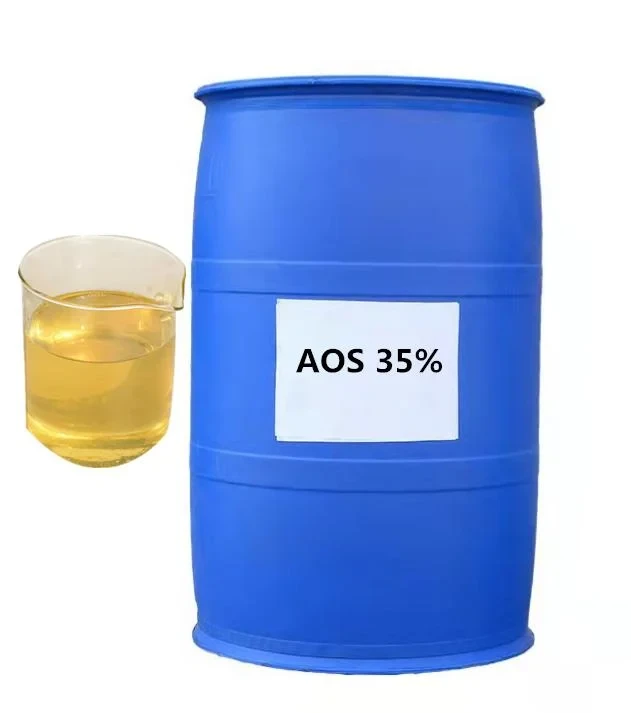



Understanding the Benefits and Applications of Potassium Peroxymonosulfate in Various Industries
Understanding Potassium Peroxymonosulfate A Powerful Oxidizing Agent
Potassium peroxymonosulfate (commonly referred to as PMS) is an oxidizing agent that has gained significant attention in various fields, including water treatment, disinfection, and even in certain chemical syntheses. Its chemical formula is KHSO5, and it consists of the peroxymonosulfate ion combined with potassium cations. This compound is recognized for its unique properties, making it a versatile reagent in both industrial and laboratory settings.
The synthesis of potassium peroxymonosulfate involves the reaction of sulfuric acid with potassium sulfate and hydrogen peroxide. The resultant PMS is often sold in the form of a stable white powder, which can be easily dissolved in water to release active species. One of its most notable characteristics is its strong oxidizing capability, which arises from the presence of the peroxo group (–O–O–) that can facilitate various oxidation reactions.
In water treatment applications, potassium peroxymonosulfate is widely utilized for its disinfection properties. It has proven effective against a wide range of microorganisms, including bacteria, viruses, and protozoa. PMS operates through a process of oxidation, where it disrupts the cellular functions of these microorganisms, leading to their inactivation. Due to its efficacy, potassium peroxymonosulfate is often used in swimming pools and spas as a non-chlorine shock treatment. This use is particularly appealing to individuals sensitive to chlorine because PMS leaves no harmful residuals, ensuring that the water remains safe for human contact.
potassium peroxymonosulfate sulfate

In addition to disinfection, potassium peroxymonosulfate is an important reagent in organic chemistry. It serves as a bleaching agent and is utilized in the synthesis of various organic compounds. Its ability to selectively oxidize alcohols to carbonyl compounds makes it a valuable tool in synthetic organic chemistry. Researchers also appreciate its rapid reaction kinetics, which can accelerate the progress of chemical reactions, yielding higher purity products in shorter time frames.
Another noteworthy aspect of potassium peroxymonosulfate is its stability compared to other oxidizers. When stored properly, PMS remains stable for extended periods, reducing the risks associated with handling and usage. This property is crucial for both industrial applications and laboratory work, where the reliability of reagents can significantly impact outcomes.
However, while potassium peroxymonosulfate is generally safe when used properly, it is essential to handle it with care. It can cause irritation to the skin and eyes upon contact and may pose risks if ingested or inhaled in large amounts. Users should always adhere to safety protocols, including wearing appropriate personal protective equipment and following guidelines for storage and disposal.
In summary, potassium peroxymonosulfate (PMS) is a remarkable oxidizing agent with diverse applications. Its effective disinfecting properties make it a valuable tool in water treatment, while its utility in organic synthesis highlights its importance in chemical research and industry. As environmental considerations increase, the preference for non-chlorine treatments and sustainable practices might further drive the use of potassium peroxymonosulfate in various applications. Understanding and harnessing the full potential of this compound can lead to advancements in both health and scientific endeavors, making potassium peroxymonosulfate a crucial component of modern chemistry and environmental management.
-
Why Sodium Persulfate Is Everywhere NowNewsJul.07,2025
-
Why Polyacrylamide Is in High DemandNewsJul.07,2025
-
Understanding Paint Chemicals and Their ApplicationsNewsJul.07,2025
-
Smart Use Of Mining ChemicalsNewsJul.07,2025
-
Practical Uses of Potassium MonopersulfateNewsJul.07,2025
-
Agrochemicals In Real FarmingNewsJul.07,2025
-
Sodium Chlorite Hot UsesNewsJul.01,2025










